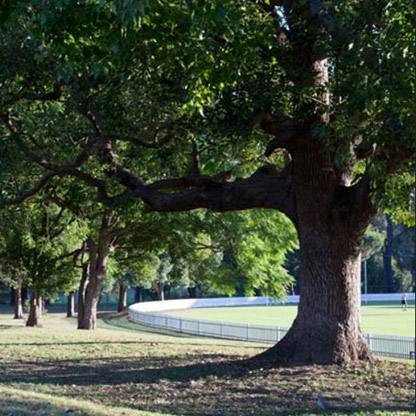Attending an open house inspection is a big step towards familiarising yourself with a property you may end up buying and living in for many years. But checking out the neighbourhood in person can also be very informative, and may ultimately sway your purchasing decision.
What should be close by?
As an owner-occupier, first and foremost you’re looking for a neighbourhood that works for your lifestyle.
Your property’s neighbourhood should have the facilities, infrastructure, services and aesthetics that best suit your needs and preferences. There’s little point in saving money by buying in a cheaper neighbourhood, only to find after a few months you don’t like living there and want to move again.
Exploring the streets & surrounds
Having done your research around long-term growth and the suburb profile of the property you’re interested in, make sure that as well as looking at the property itself you take the time to go for a walk around the neighbourhood.
It’s also good to visit at different times of the day and night to see how the neighbourhood changes.
- Cafes, restaurants, bars and nightclubs: It’s nice to have some good cafes and restaurants within walking distance, particularly if you’re not a regular master-chef. But make sure you consider the noise implications of what’s close by, such as pubs or clubs that stay open very late. If possible, go for a walk in the neighbourhood at night as well as during the day as noise levels may vary.
- Neighbours: Good and bad neighbours can have a big impact on how much you enjoy living somewhere. It can be a good idea to ask about the neighbourhood should you see anyone out the front of their places during one of your visits to the property.
- Schools and childcare centres: Is there one close enough that you could walk rather than drive your children to? Alternatively, if kids are not on your radar, will you be OK with the noise and traffic congestion schools can bring at certain times of the day?
- Shops: Is there a small local grocery store or a big supermarket nearby? Is one slated to be built? It’s great to have convenient grocery shopping options nearby, but bear in mind shops can impact local street parking.
- Public transport: If you can’t walk, cycle or drive to work every day, a nearby train station or bus stop can be useful. But sometimes ‘close to public transport’ can be a little too close. A bus can make a lot of noise stopping and starting, while living very close to the train track or under a flight path can also be disruptive.
- Traffic: Think about the volume of traffic, whether it flows easily or becomes congested and whether the property is located on a main road. If it is, you might want to consider how fast the traffic will be travelling when it goes past your front door.
- Parks, playgrounds and green spaces: These can be great if you have or are planning to have children or pets – particularly if the property you’re looking at is an apartment in a complex with no on-site outdoor space or a house with a small backyard.
- Developments and zoning: The peaceful, low-density neighbourhood you like today may not be the same in a year’s time if high-rise developments or re-zoning plans are afoot. Check with the local council for information on these kinds of plans.




